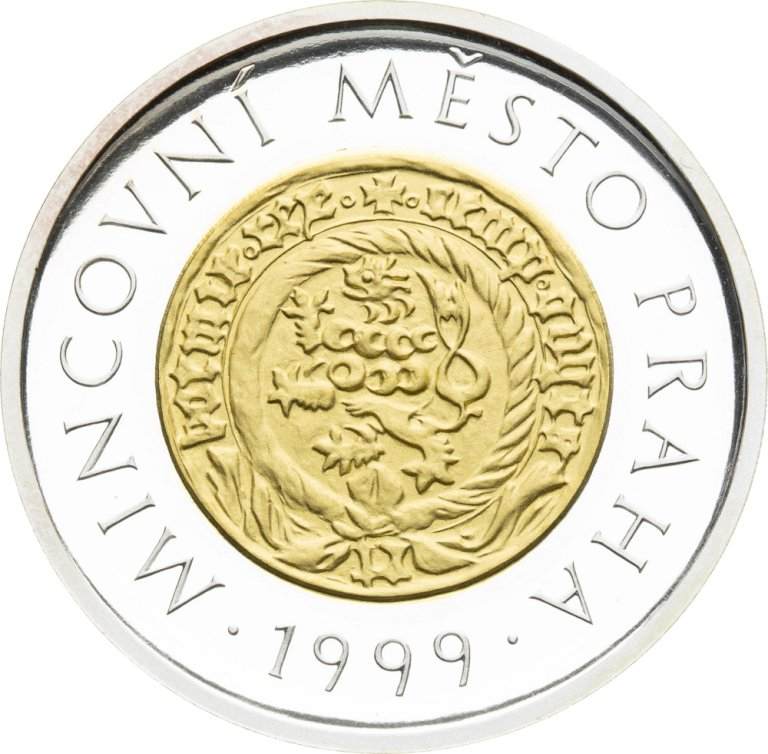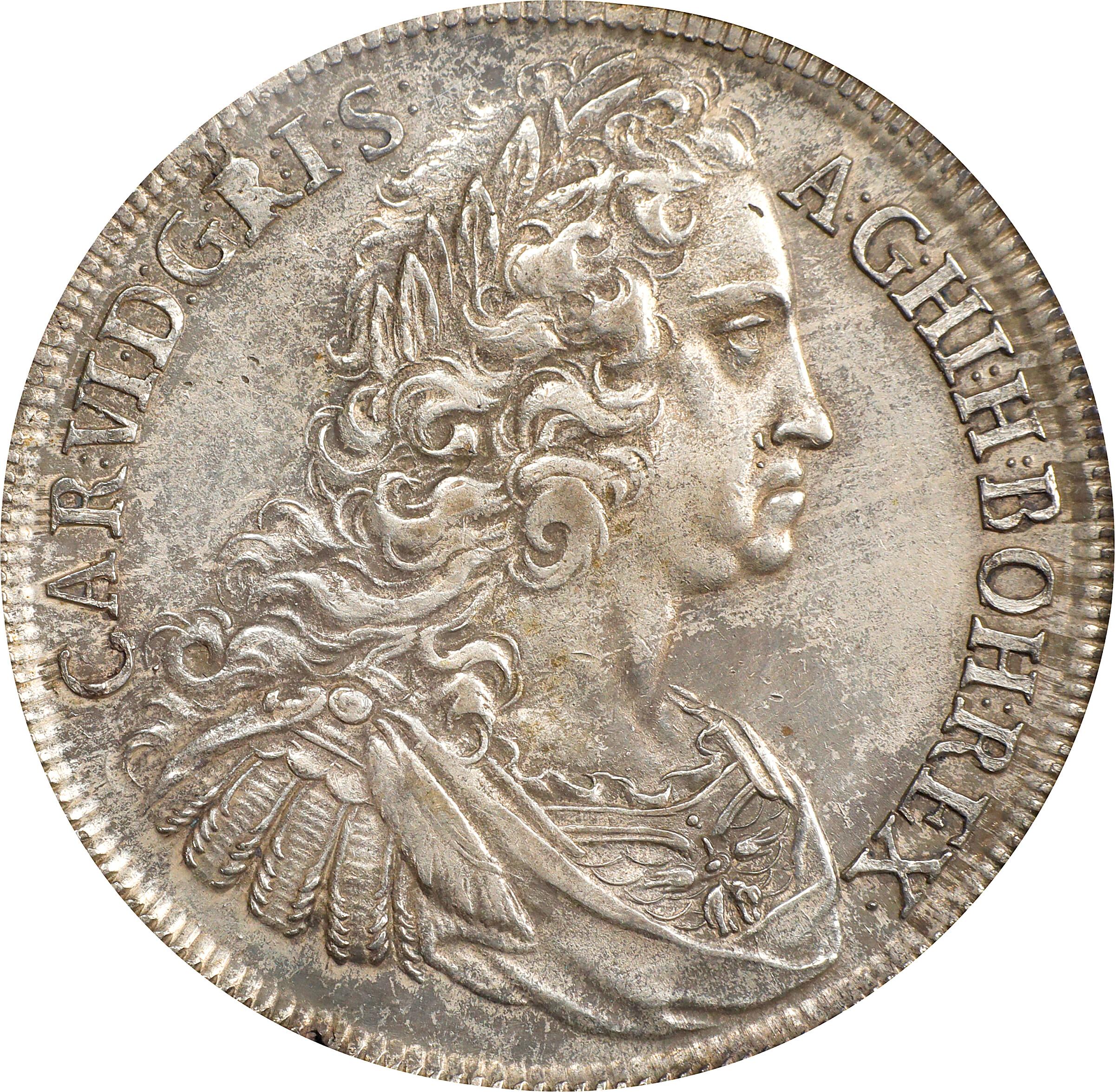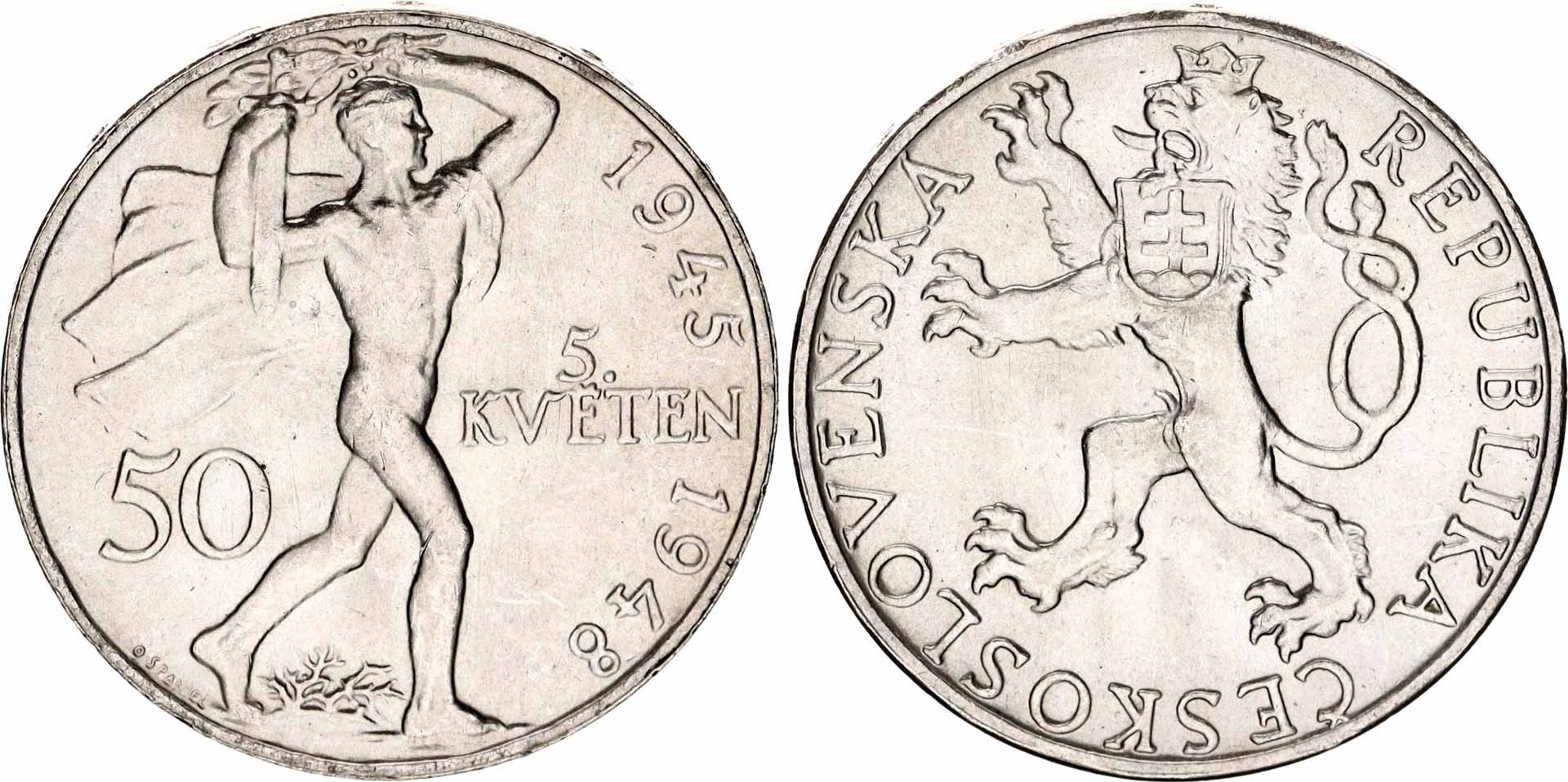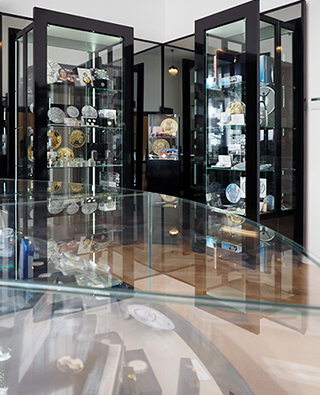New News For Engraving Prague Mint Coins
What Does A Plaster Mold Serve As The Primary Physical Representation Of A Gold Coin Medal Or Other Object?The process of creating a plaster mold, or "maquette" inspired by a gold coin or medal design involves several steps to convert the two-dimensional model into a 3D physical representation. of the design. Design Reference- The artist or designer takes the gold coin or medal design to serve as a reference. This design may be a simple sketch drawn with a pencil, or it may be an image created digitally using graphic software. The wax or clay could also be used.
Plaster preparation - Water is added to plaster to make it more workable. In order to ensure a clean mould the mix must be smooth and without lumps.
This base is where the maquettes will be created. This base could be a wooden board or flat surface which provides stability.
The Maquette is designed by using the gold design as a reference. This involves shaping the plaster to form the relief or three-dimensional image of the medal or coin.
Detailing Accuracy, Refinement and Detailing The artist's focus is on adding the details and refining the contours. They also make sure that they are accurate in the proportions. This phase requires a keen eye for the finer details and accuracy.
Allowing Time for Drying and Set- After the sculpture has been completed the Plaster must be allowed to set and dry. This allows the maquette to harden and retain its shape.
The Maquette is finished - after drying out, the maquette will be smoothed further to remove any bumps and rough spots.
Preservation and Sealing- To preserve the maquette, and to prepare it for other processes such as scanning or molding the maquette, a sealant or protection layer could be applied on the surface.
The final model of the maquette is the gold medal or coin design in a 3-D form. It is an actual reference point to guide the next steps in production. For example, it is possible to use it to scan for digital replication or create molds for bulk production. Also, artists may utilize it as a reference to visualize and refine their designs prior to the finalization of their design. View the most popular Czechoslovakia gold coins plaster molds website advice. including price of 5 dollar gold coin, buy gold and silver, george washington gold dollar, coin gold price today, gold bullion cost, gold bullion price today, gold coins for sale, gold pieces for sale, gold coins near me, maple leaf gold coin and more.

How Can Skilled Engraving Experts Improve Gold Medals Or Coins Designs?
The expertise of highly skilled engravers on the working die or hub is crucial in creating and improving the design. With their experience, they can add the finest detail and refine the design. This is the way they accomplish this Evaluation of Working Hub
Engravers first scrutinize the hub or die created from the hub that was originally created by Janvier. They examine the quality, depth, and accuracy of the transferred design.
Correction of Imperfections
Engravers are able to correct any imperfections and inconsistencies within the design they have transferred. They may use precise tools to adjust the depth of a design or refine specific elements to ensure consistency and accuracy.
Enhancing Details -
They are skilled at adding intricate details using tools for engraving, such as burins and pneumatic engraving tools and gravers. The engravers cut the surface of the working hub to create fine patterns, textures, letters and intricate designs as needed by the style.
Depth and Dimensional Enhancement-
The engravers alter the depths and contours of the design to create visual depth and dimensionality. This requires careful changing the depths of the design to create realistic or texture.
Texture and final touches-
Engravers can enhance aesthetic appeal by adding texture and finishes to certain parts of the design. Effects and textures on surfaces can be achieved by using techniques such as stippling, frosting or different types of shading.
Quality Control and InspectionQuality Control and Inspection
The engravers inspect and check the design throughout the engraving process to make sure that the engraving meets the quality, clarity and aesthetics.
Collaboration and Artistic Interpretation
Engravers are often in close contact with artists, designers, or other creatives to accurately interpret a design. The artistic talent of an engraver can enhance the design with subtle nuances.
Engravers with high levels of skill are renowned for their precision and artistic skills in working with metal surfaces. Their attention to detail and meticulous craftsmanship enhances the design of medals or gold coins making sure that the final product reflects intended aesthetics and quality standards. Read the recommended Prague Mint gold coin engravers site tips. including gold and silver bullion, 1 oz gold coin, gold coins for sell, gold and bullion, gold coins near me, one oz of gold, 1 10 ounce gold coin, gold panda coin, coins and gold, 1 4 ounce gold coin and more.

Why Is It Necessary To Polish Dies By Hand For A Perfect Gold Coin Or Medal?
Hand-polishing dies with care is essential in the production of gold coins and medals to assure a smooth and perfect surface. There are a variety of reasons for this. Detail Reproduction- Hand polishing removes burrs, imperfections, or irregularities on the die's surface. Smooth surfaces allow the details of the design to reproduce with greater precision on the metals and coins.
A polished die enhances the quality of medals and coins. This increases the aesthetic and quality of the finished product.
Reduced Wear and Tear- Polishing is a fantastic option to reduce friction and wear when striking. Smooth surfaces on dies reduce the chance of irregularities or imperfections on struck coins or medals.
Consistency in Striking - Hand-polished dies offer a consistent striking surface, which ensures uniformity throughout the minting process. Consistency ensures the accuracy and quality of the designs on all coins or medals.
Longevity and durability of Dies- Well polished dies are less prone to being damaged or wear while striking. Dies made of these are robust and last longer and can hit more coins, without sacrificing their quality.
Precision and Accuracy. Hand polishing allows engravers to fine-tune, refine and make sure that specific areas are perfect on the die. The particulars will be accurately reproduced on the struck metal or coin. The level of precision is crucial to the precision of the final product.
Quality Control – Polishing forms an element of a quality control system. The inspection of the die when polishing by hand is a method to find and fix any defects or irregularities before the die is struck.
Surface Finishing: Polishing may add specific surfaces or textures to the coins and medals struck and improve their appearance.
The meticulous hand-polishing of dies used to produce gold coins and other medals is critical in ensuring that the products are precisely detailed and visually pleasing. It can have a major effect on the final product's appearance, durability and consistency. Read the recommended hand polishing Prague Mint gold medals site info. including buy gold coins, buy coin gold, 20 dollar gold coin, bullion dealers, 24 karat gold coin, sovereign british coin, 1 oz silver price, cost of a gold bullion bar, gold coin values, 1oz of gold and more.

How Are Gold Blanks Being Fed Into Coin Presses, And Stamped Under The Pressure Of High During Minting?
During the coining process Gold blanks are loaded into coin presses under high pressure and then stamped to make finished medals or coins. Here's a quick overview of the process of loading blanks.
A feeder system is attached to the coin press. This system loads gold blanks that have been prepared and checked for quality. The feeder system is responsible for maintaining an uninterrupted flow of blanks into the machine.
Feeding Blanks into the Press
The system of feeding is designed to move the blanks one-by-one into the chamber for striking. This permits precise placement of the blanks.
Alignment and Positioning
The blanks in the pressing chamber are positioned, aligned, and oriented perfectly for the stamping.
Striving Under Pressure
The coin press has two dies: one stationary, and the other one is moving. The stationary die makes an impression of negatives on the design of the coin, while it is moving that die acts as the hammer that strikes the blank.
The die moves and strikes the blanks using a lot of force. The design is transferred onto the surface of the blank. The pressure of the dies imprints the designs, which result in the reliefs raised and the details of the medal or coin.
The repetition of striking is not required.
Multi-strikes are a great option for higher-quality medals or coins for example, like proofs or collectors' editions. This results in an improved and clearer appearance. Each strike increases the fine details on the surface of the blank.
Ejection and Collection
After being struck, freshly-minted coins or medals are thrown out of the press into containers or trays. They are examined for quality control to make sure that the designs are in line with the standards and requirements set by the manufacturer.
Post-Processing-
In addition to edge lettering and reeding depending on the design specifications or mint specifications, certain coins or medals will undergo post-strike or other treatments.
The process of stamping under extreme pressure is essential in that it imparts the desired design on the gold blanks, turning them into medals or coins that are ready to be used in circulation, collection or for commemoration. This process is extremely precise because any variations in alignment or pressure could affect the appearance and quality of the end product. Check out the top minting Czechoslovakia gold medals blog recommendations. including 1 ounce gold bullion, best place to buy gold bars, buy gold silver, $20 gold piece, gold biscuit buy, gold quarter 2000, $50 gold piece, coin gold silver, saint gaudens gold coin, 1 4 oz gold coin and more.
